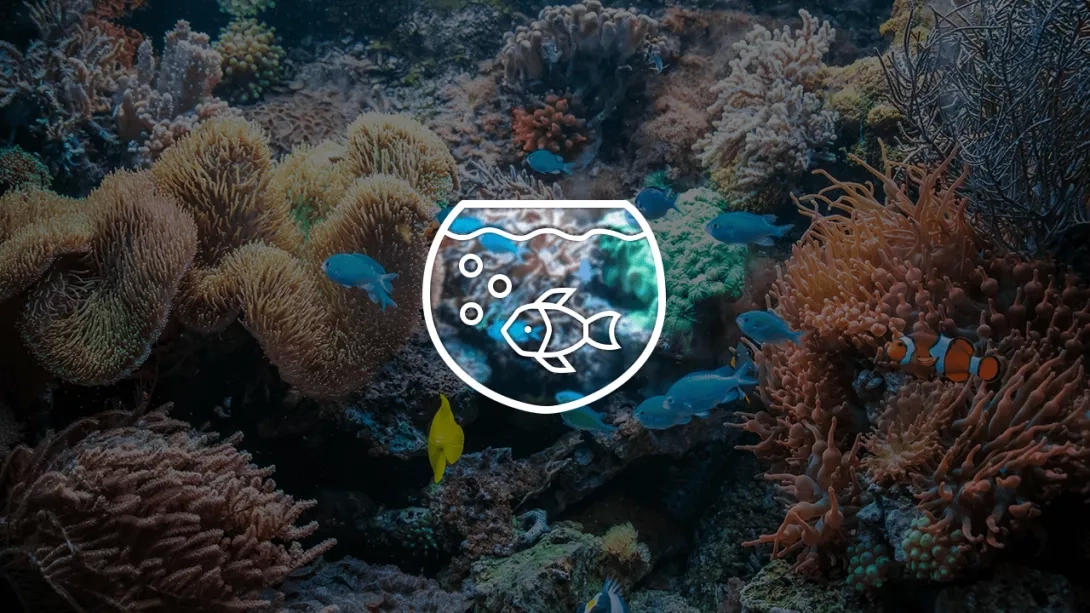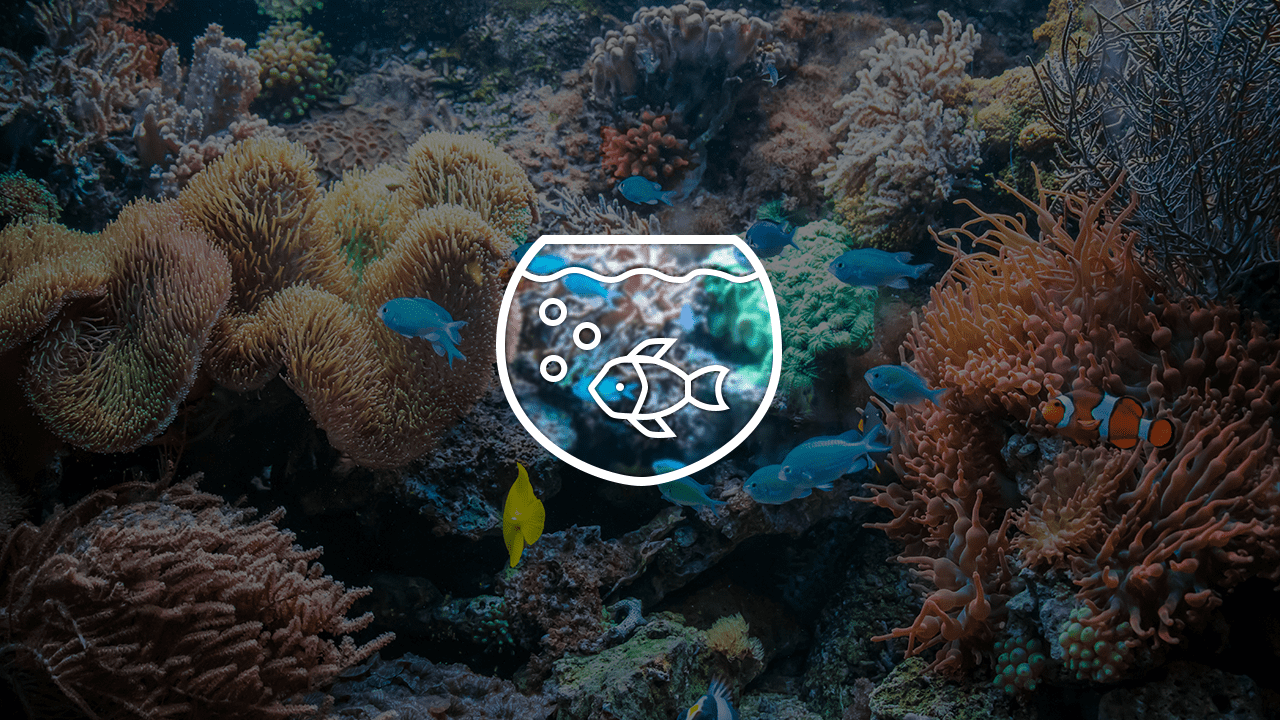Water hardness plays a pivotal role in this, influencing the well-being of your aquatic companions. In this comprehensive guide, we will delve deep into the importance of GH and KH levels, the value of maintaining stable water parameters, exceptions to the rule, and five effective methods to soften aquarium water using a 5V approach. We will also address common questions related to water hardness in aquariums.
The Difference Between GH and KH
Before we explore the various methods to soften aquarium water, let's grasp the difference between General Hardness (GH) and Carbonate Hardness (KH). GH represents the concentration of essential minerals such as calcium and magnesium, whereas KH measures the water's buffering capacity against pH fluctuations. A holistic approach to water softening considers both GH and KH levels.
The Importance of Stability in Maintaining a Healthy Aquarium
When it comes to keeping an aquarium, it is important to understand that striving for "perfect" water parameters may not always be necessary. While it is true that certain fish species have specific requirements, most aquarium fish are capable of adapting and thriving in stable conditions, even if the water parameters deviate slightly from the ideal range. In fact, maintaining consistency in these conditions is more crucial than aiming for perfection, as sudden and drastic changes can have a more detrimental impact on the fish, especially when it comes to elevated hardness levels. Therefore, instead of obsessing over achieving perfection, it is advisable to focus on creating a stable and consistent environment for the fish to thrive in.
Exceptions To The Rule: Shrimp, Spawning, and Aquarium Plants
Although most aquarium fish generally prefer soft water, it's important to note that there are exceptions to this rule. One such exception is shrimp, which often require higher GH levels, particularly during molting. Additionally, there are certain fish species that have a preference for harder water when it comes to spawning. It's also worth mentioning that certain aquatic plants tend to thrive when they are provided with the minerals found in harder water. Therefore, having a thorough understanding of the specific needs of your aquatic inhabitants is of utmost importance in order to create a suitable environment for them to thrive in.
All Aquarium Residents Need Minerals
It's essential to remember that even in softened water, your aquarium residents still require some minerals for their health and well-being. A complete absence of minerals can lead to adverse health effects. The methods we'll discuss aim to achieve controlled water softening rather than complete removal of minerals.
Now, let's explore five safe methods to soften your aquarium water effectively
How To Soften Your Aquarium Water
Method 1: Rainwater
Collecting rainwater can be an excellent, environmentally friendly way to naturally soften your aquarium water. However, it's crucial to ensure that the collected rainwater is free from contaminants and pollutants.
Method 2: Distilled Water
Utilizing distilled water from a reputable source provides precise control over water hardness. Be mindful, though, that you'll need to mineralize it appropriately to meet the needs of your fish.
Method 3: Reverse Osmosis Deionization (RODI)
RODI units can effectively remove nearly all minerals from tap water, allowing you to customize the mineral content to suit the preferences of your fish species.
Method 4: Indian Almond Leaves
Adding Indian almond leaves to your aquarium not only softens the water but also provides natural shelter and offers additional benefits for your fish, such as an enriched environment.
Method 5: Peat
Using peat to soften water is a time-tested method. It releases tannins and humic acids, creating the ideal soft water conditions preferred by many fish species.
Final Thoughts On Softening Aquarium Water
In conclusion, it is important to maintain the appropriate water hardness in order to ensure the optimal health and overall well-being of the diverse array of aquatic creatures that inhabit your beloved aquarium. By acquiring a thorough understanding of the GH (General Hardness) and KH (Carbonate Hardness) levels, embracing the crucial concept of water parameter stability, and taking into careful consideration any exceptions that may arise, you will be able to establish and nurture an environment that caters to the unique and specific needs of your cherished fish companions. In addition to the aforementioned key factors, we would like to highlight five highly effective methods that we have meticulously outlined here, which will not only enable you to safely soften the water in your aquarium, but also ensure the preservation and promotion of the overall health and well-being of your beloved aquatic friends.
Faqs
How often should I test my aquarium water for hardness levels?
Regular testing is crucial for maintaining ideal water parameters in your aquarium. It is recommended to test your water weekly, especially if you make changes to your water softening methods or introduce new fish to your aquarium.
By following these guidelines and adopting the right water softening approach, you'll be well on your way to providing an ideal aquatic habitat for your beloved fish, promoting their health and well-being, and ultimately creating a flourishing underwater world that you can be proud of.
Are there any risks associated with using commercial water softeners in aquariums?
Commercial water softeners can be risky if not used correctly, as they might remove too many minerals. Proper monitoring and mineralization are essential when using these products.
What is the ideal water hardness for most aquarium fish?
Most tropical freshwater fish thrive in water with a GH of 4-8°dGH and a KH of 3-6°dKH.
Can I use regular tap water for my aquarium, or should I soften it? The choice of using tap water or softening it depends on the specific requirements of the fish species in your tank. Some may do well with tap water, while others require softened water.








